Let the flames begin!
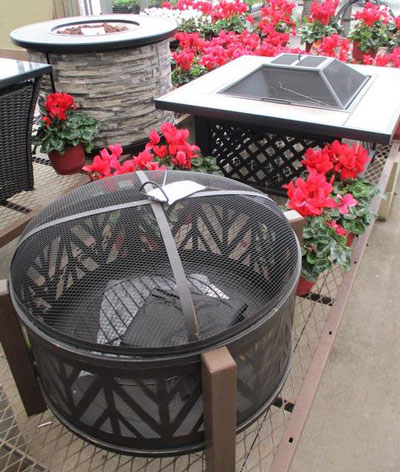
Whether it radiates from a fire pit, fire bowl, fire table, fire column, or chiminea, it’s hard to resist the glow of flickering flames on a cool evening. But backyard fire features do more to transform twilight than add festive vibes. The warm flames extend the season on decks and patios. Fire features create conversation hubs; they add style to backyard entertaining spaces; and they give kids a place to roast marshmallows.
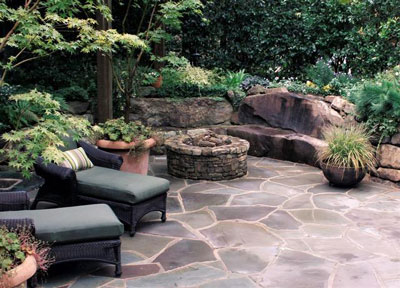
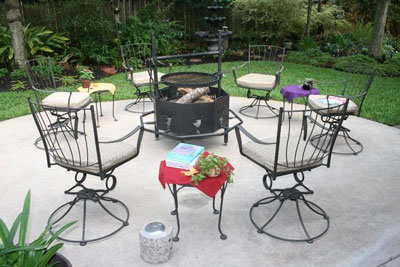
Fire pits. Their versatility and the infinite number of design options bolster fire pits’ widespread appeal. “Conversation pits,” as they are also known, range from DIY models that resemble campfires to high-end permanent features designed by landscape professionals. Portable, pre-fabricated models are widely available. Units constructed from cast iron, stainless steel, and copper are durable, rust-resistant, and hold up well to high heat. Although wood-burning models are the most popular, fire pit fuel options include propane, natural gas, charcoal, and gel. Before purchasing a unit, determine how you plan to use it. Besides providing heat and atmosphere, some fire pits are equipped for grilling or even cooking pots of chili.
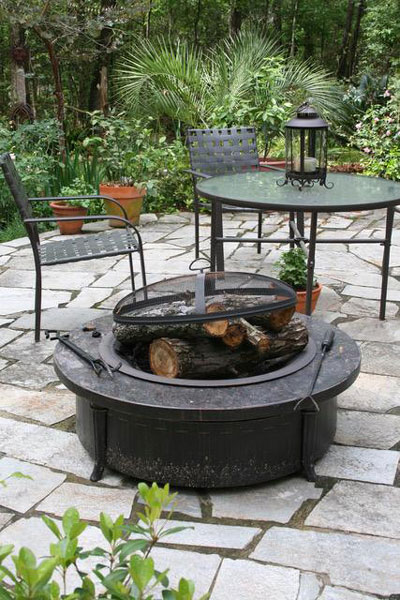

Fire bowls. As their name implies, fire bowls are bowl-shaped vessels built on legs. Although jumbo-sized models measuring up to 40 inches wide and 25 inches deep are available, usually fire bowls are smaller, lighter, and more portable than fire pits. Styles vary from traditional to rustic to contemporary. Materials include copper and cast iron.
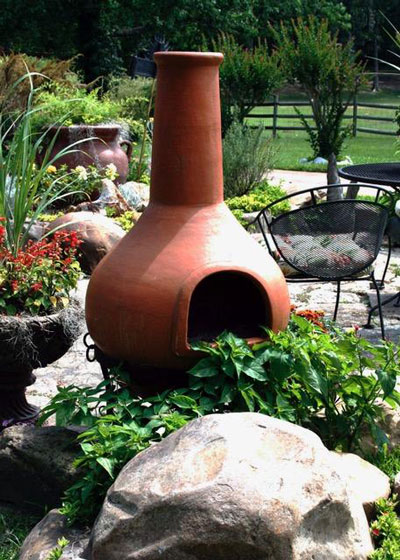
Fire tables are another variation of fire pits. Besides the cozy atmosphere and heating benefits given off by the small fire in the center of the table, they offer the convenience of a tabletop. (Some models have a removable centerpiece that allows folks to convert the table into a fire pit then back again into a table.) Typically, fire tables are fueled by gas or electricity.
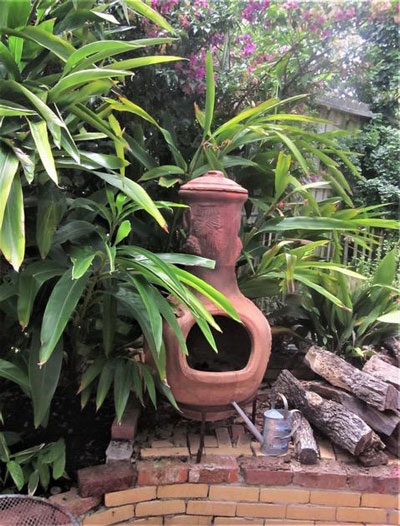
Fire columns are tall and slender, making them the ideal atmosphere-building choice for small spaces. For safety, the elevated flame is enclosed. Usually, fire columns are fueled by propane or natural gas.
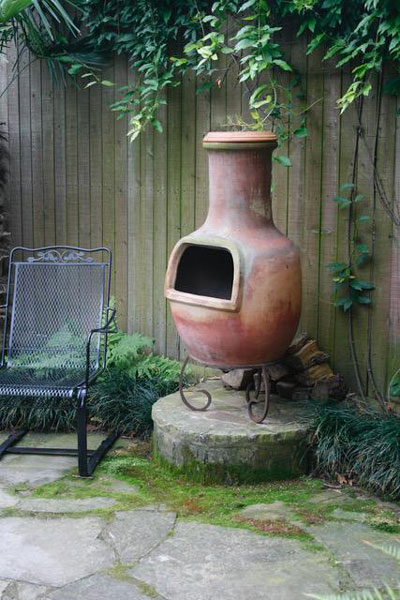
Chiminea. The ever-popular pot-bellied ovens consist of a bulbous bowl, a side opening, and a narrow chimney that funnels smoke up and away. Although primarily a wood-burning stove, charcoal fires in chimineas are long-lasting and provide uniform heat. Cast-iron models can withstand more heat than traditional clay models. (Clay chimineas cannot tolerate extreme temperature changes. Store them inside in winter.)
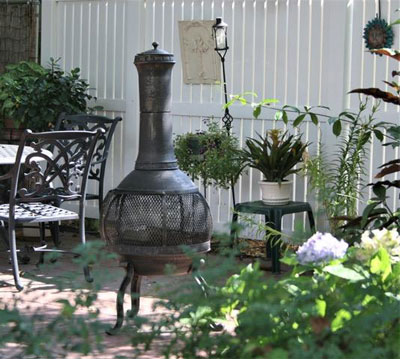
Sidebar:
Accessories to consider when adding a fire feature to a deck or patio:
Tools: Pokers, cooking grates, tongs.
Screens: Metal screens prevent hot embers from popping out of wood burning units.
Pads: Prevent damage to decks and patios by placing a fire pad underneath the unit. Fire pads are available in stone, metal, and screen mesh.
Covers: Extend the life of the unit by protecting it with a heavy-duty, weather-resistant cover when it’s not in use.
Sidebar
Fire feature safety:
Follow the guidelines that come with the unit.
Check wind direction before lighting.
Don’t use flammable fluids (gasoline, lighter fluid, etc.) to light fires.
Don’t wear flammable or loose-fitting clothing when tending the fire.
Keep children and pets 3 feet away.
Don’t place fire units near overhanging branches or a porch roof.
Remove all combustible materials near the unit.
Position the fire feature at least 10 feet away from structures.
